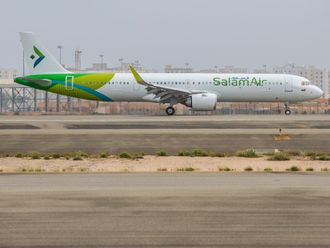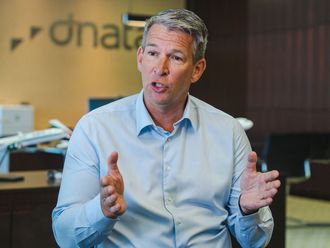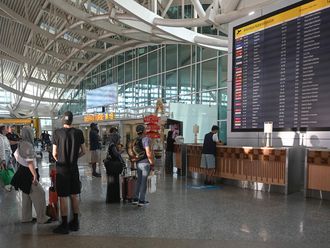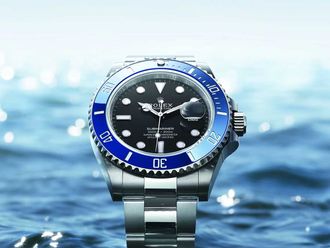Dubai: United Continental Holdings said on Thursday it was taking Boeing Co’s grounded 787 Dreamliner out of its flying plans through June 5, except for a Denver-to-Tokyo route scheduled for a tentative launch in May.
United’s decision came as a Japanese investigation of a fuel leak on a Dreamliner operated by Japan Airlines Co Ltd (JAL) indicated the cause to be a coating around the mechanism that controls fuel movement between tanks.
Japanese officials launched the investigation after two fuel leaks on the JAL 787, just days before authorities around the world grounded the new lightweight passenger jets over battery failures that sparked fires on two planes in January.
Japanese authorities still have not found the cause of the battery issue.
Airlines operating 787s are setting schedules for coming months while still uncertain about when the plane will be able to resume service following the fleet’s grounding five weeks ago.
Boeing is due to meet with the head of the U.S. Federal Aviation Administration on Friday to present measures designed to prevent further battery failures, a source told Reuters , even though the root cause of the electrical problem has not been determined.
United spokeswoman Christen David said in a statement on Thursday that the carrier’s Denver to Tokyo Narita International route, originally set to start March 31, had been postponed to May 12.
The launch would ultimately depend on a successful resolution of the safety incidents that have grounded the 787. Other service with the 787 won’t resume until after June 5, David said.
“We are taking the 787 out of our schedule through June 5, except for Denver-Narita, which will tentatively launch on May 12,” United’s statement said.
MAINTAINING DIALOGUE
Boeing said it was maintaining communication with United as the plane maker develops a plan to resume 787 service. “We deeply regret the impact the recent events have had on the schedule for United and their customers,” Boeing spokesman Marc Birtel said in an emailed comment.
United’s statement doesn’t mean that the 787 won’t be ready to fly again before June 5, said Carter Leake, an analyst at BB&T Capital Markets.
Rather, it means United will not put the jet into service before then. If the plane is available sooner but United cannot use it on its scheduled routes, Boeing likely would have to pay United compensation that Leake estimates at about $800,000 a month, based on lease rates.
“This does not tell you that Boeing’s plane is grounded until June,” he said. “It tells you that Boeing’s costs to United could be as if it’s grounded until June.”
A “superbox” to contain the battery or some other fix “might come sooner, but United is not paying” to have the jet until after June 5, he added.
In a similar move, Poland’s national airline LOT said last week that it would not use the 787 before October and that it is seeking compensation from Boeing.
“Airlines don’t make money while their planes are on the ground,” said Morningstar airline analyst Basili Alukos.
United is the only U.S. carrier currently operating the 787 and has six of the planes, worth $207 million apiece at list prices. JAL and All Nippon Airways (ANA) have nearly half of the 50 jets delivered to airlines so far.
Japan’s Transport Ministry said it believed the manufacturing process led to deficiencies in the way electrical-insulating coating was applied to the mechanism that opened and closed the fuel-tank valve.
Investigators also found foreign matter on a switch that operated the same mechanism, causing it to send a signal that the valve was closed when it was still half open -- leading to the leak.
The ministry said four Dreamliners in Japan, two from JAL and two from ANA, might be affected by the manufacturing process.












